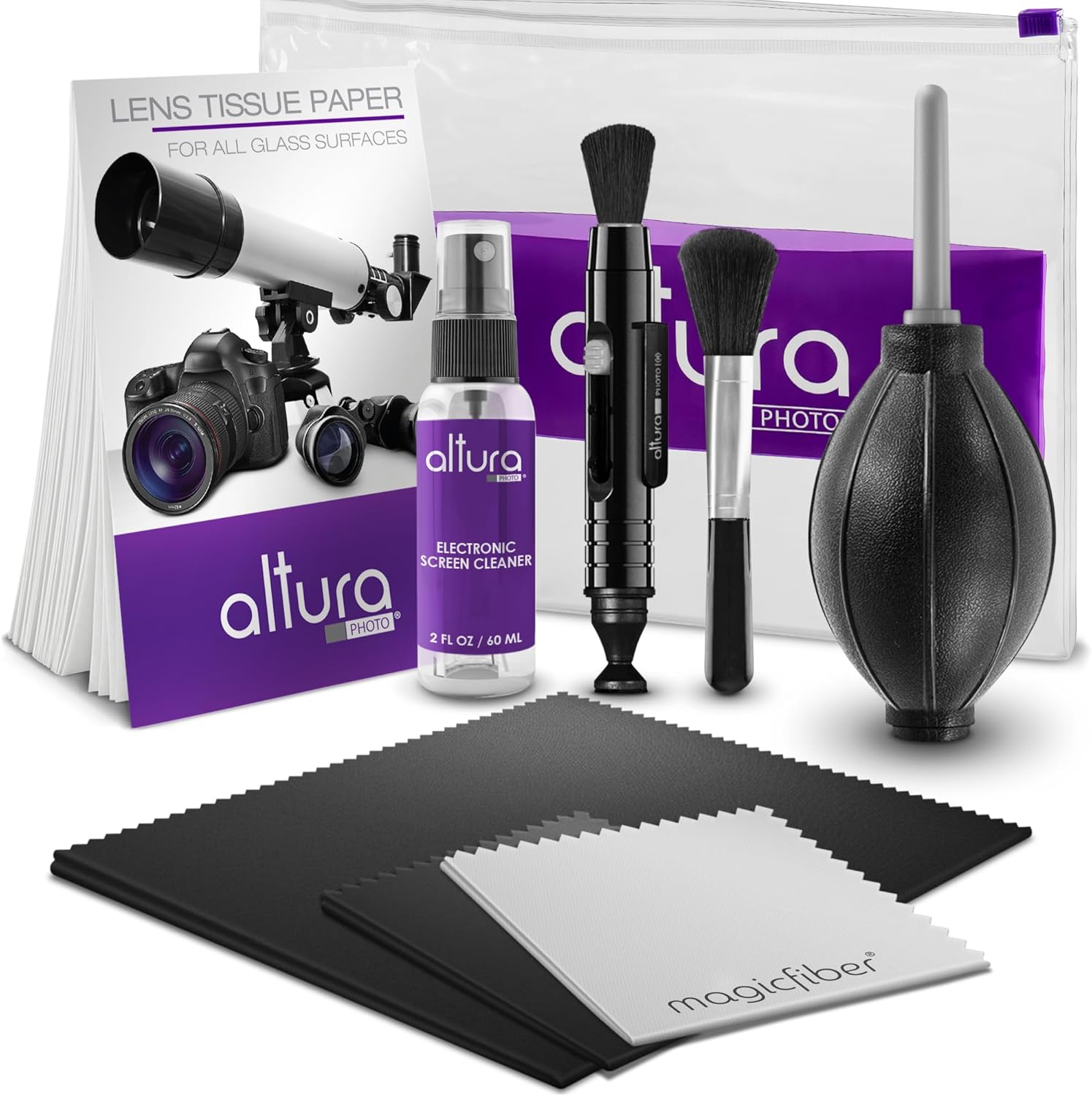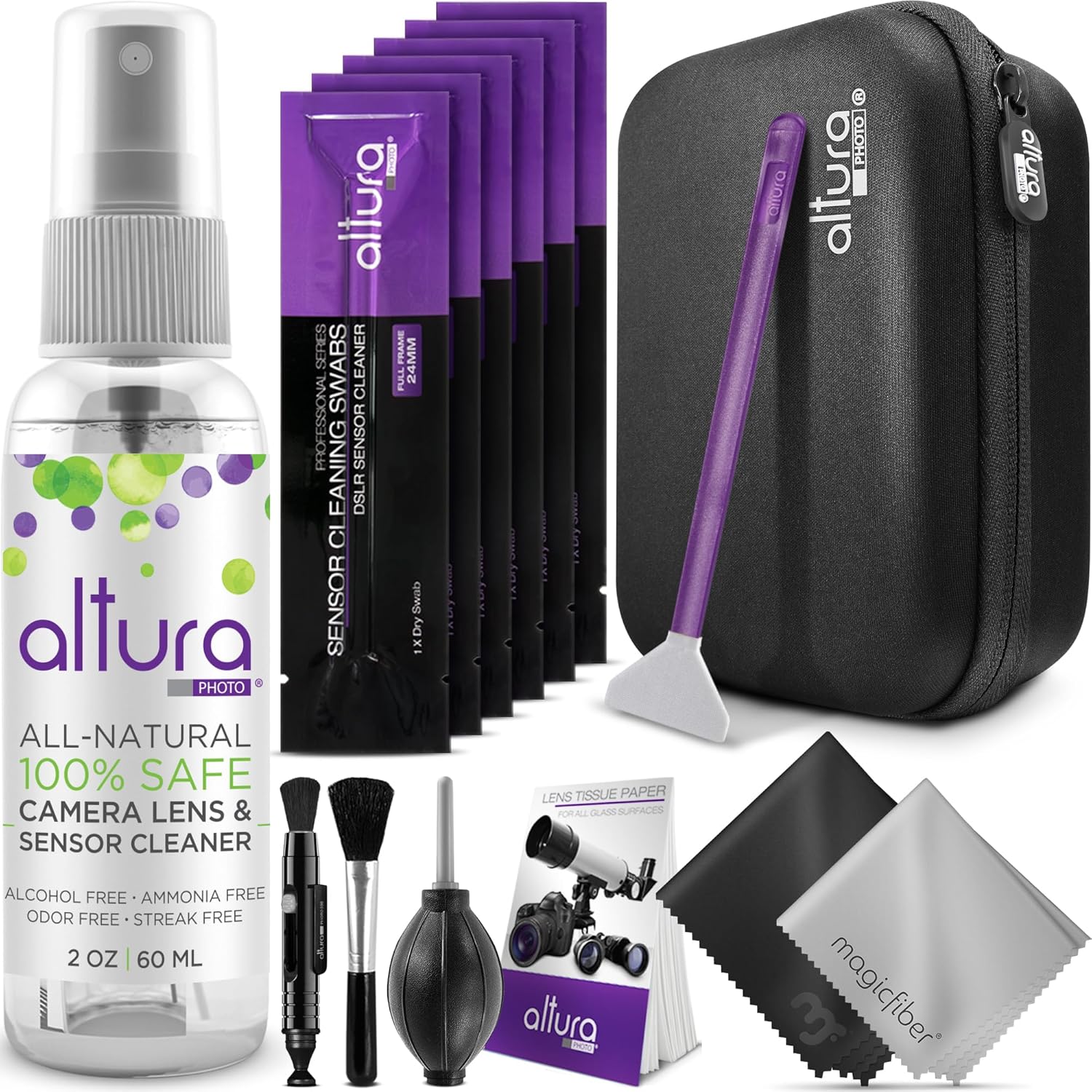What are the Basic Parts of a DSLR Camera? An In-Depth Guide for Professionals
The dynamic and intricate nature of a DSLR camera makes it an indispensable tool for professional photographers. But for those who want to truly master its use, understanding the basic parts of a DSLR camera is crucial. This guide will walk you through the essential components, ensuring you're well-equipped to harness the full potential of your camera.

1. The Body
The body is the central part of the DSLR camera and houses various complex mechanisms. It plays a pivotal role in determining the overall ergonomics, control layout, and durability of the camera.
:max_bytes(150000):strip_icc()/DSLR-camera-56e0b8ee5f9b5854a9f865ca.jpg)
2. The Lens
The lens is arguably the most critical component of your DSLR setup. Its responsible for focusing light onto the camera sensor, thereby creating an image. Different lenses produce different effects, from ultra-sharp portraits to wide-angle landscapes.
Types of Lenses
Various types of lenses are available, such as prime lenses, zoom lenses, and telephoto lenses. Each has its own set of advantages and is suitable for specific types of photography.

3. The Sensor
The sensor is the electronic component that captures light and converts it into an electrical signal to create an image. The size and type of sensor can significantly affect the quality of your photos.

4. The Viewfinder
The viewfinder is a critical tool for composing your shots. It allows you to see exactly what the lens is seeing, helping you frame your subject correctly.
Optical Viewfinder vs. Electronic Viewfinder
While the optical viewfinder uses a mirror and prism mechanism to display the image, the electronic viewfinder projects a digital image directly from the sensor. Both have their advantages and are chosen based on the photographer's preference.
5. The Shutter
The shutter mechanism controls the amount of light that reaches the sensor. Its crucial for determining the exposure of your photos.
6. The Memory Card
The memory card is where your images are stored before you transfer them to your computer. Different cards have different capacities and speeds, which can affect your shooting experience.
7. The Battery
The battery powers all the electronic components of the DSLR. Longer battery life means more uninterrupted shooting time.
8. The Controls
The various buttons, dials, and switches on the camera body give you control over settings like aperture, shutter speed, and ISO. Mastering these controls is essential for professional photography.
FAQ
1. Why is understanding the basic parts of a DSLR camera important?
Understanding the basic parts helps you harness the full potential of your camera, leading to better photos.
2. What should I consider when buying a DSLR camera?
Look for factors like sensor size, lens compatibility, and ergonomic design.
3. How do different lenses affect my photos?
Different lenses offer various focal lengths and aperture settings, affecting the depth of field and perspective in your photos.
For more detailed information on choosing the right camera, visit Which DSLR Camera to Buy?
For techniques on using your new DSLR, check out this comprehensive guide on Learning How to Use Your First DSLR
Also, don't miss our in-depth posts on Main Functions of a DSLR Camera and How to Repair Your DSLR Camera.
As an Amazon Associate, I earn from qualifying purchases.

